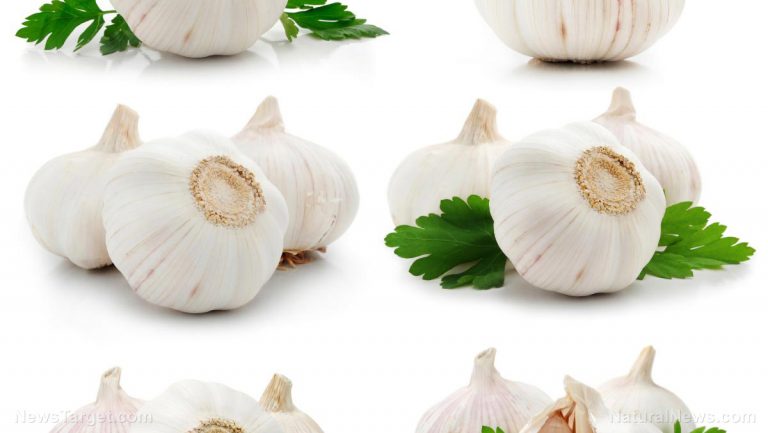
Researchers have found that a combination of bitter kola (Garcinia kola) and garlic (Allium sativum) extracts may contain antimicrobial properties. The study, which was published in the IOSR Journal of Environmental Science, Toxicology and Food Technology, was conducted to investigate the effects of the plants’ extracts on known respiratory pathogens when used separately and when combined into one mixture.
- The study answers the need for alternative treatments against antibiotic-resistant respiratory pathogens, as researchers believe that developing plant-based antimicrobials will stop this developing trend.
- For this study, the properties of G. kola and A. sativum were studied. These products are used to treat respiratory infections in regions such as Africa and beyond. Both aqueous and ethanol extracts from the two plants were extracted using maceration and stored before use.
- Respiratory pathogens that were used in the study included Staphylococcus aureus, Streptococcus pyogenes, Streptococcus pneumoniae, Escherichia coli, Klebsiella pneumoniae, and Pseudomonas aeruginosa.
- Researchers then used a punch hole agar diffusion method to test the antibacterial properties of the ethanol and water extracts of the two plants.
- Results showed that a combination of A. sativum and G. kola ethanol extracts displayed more significant antibacterial activity than single extracts from both plants.
- The minimum inhibitory concentration of the combined extracts was also better than that of the single extracts, except for E. coli, S. pyogenes, and K. pneumoniea.
Researchers concluded that a mixture made from G. kola and A. sativum has a potent antimicrobial property and can be used against pathogens that cause upper respiratory tract infections.
Find the full text of the study at this link.
Journal Reference:
Ohanu ME, Nduka JU, Otuu CF, Shu EN, Nkechinyere IS. ANTIBACTERIAL ACTIVITY OF ETHANOL AND AQUEOUS EXTRACTS OF GARCINIA KOLA AND ALLIUM SATIVUM AGAINST SOME RESPIRATORY PATHOGENS: ALTERNATIVE ANTIMICROBIALS? IOSR Journal of Environmental Science, Toxicology and Food Technology. 2017;11(06):16–19.
